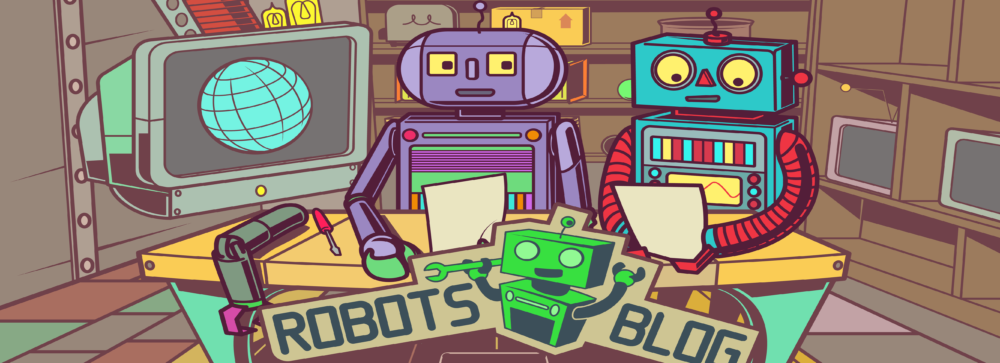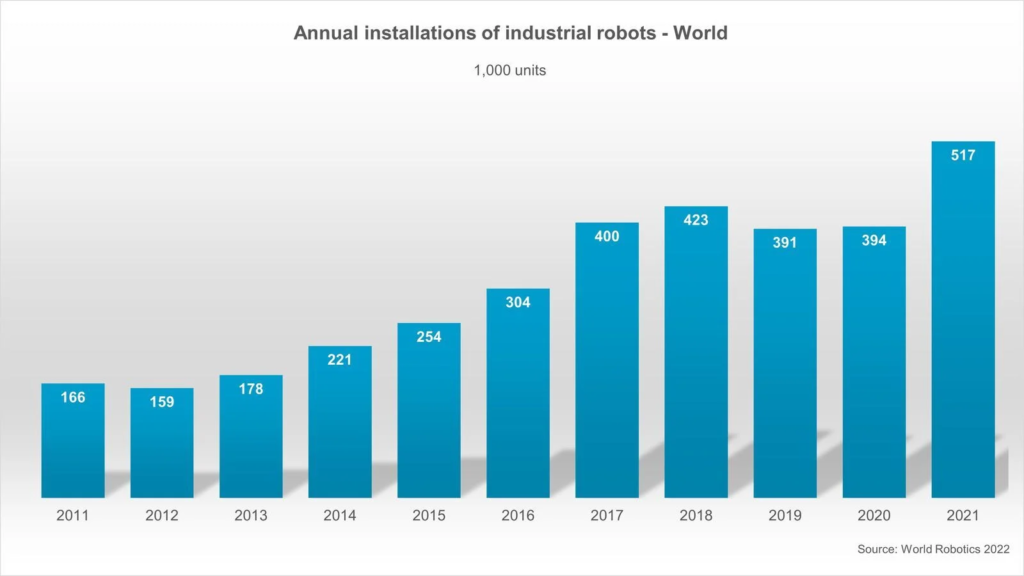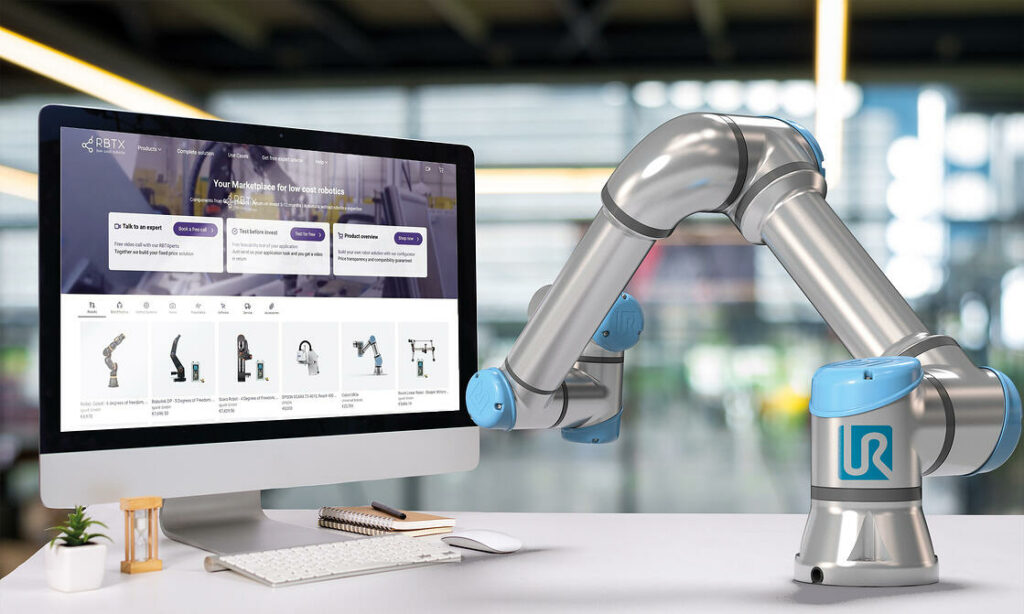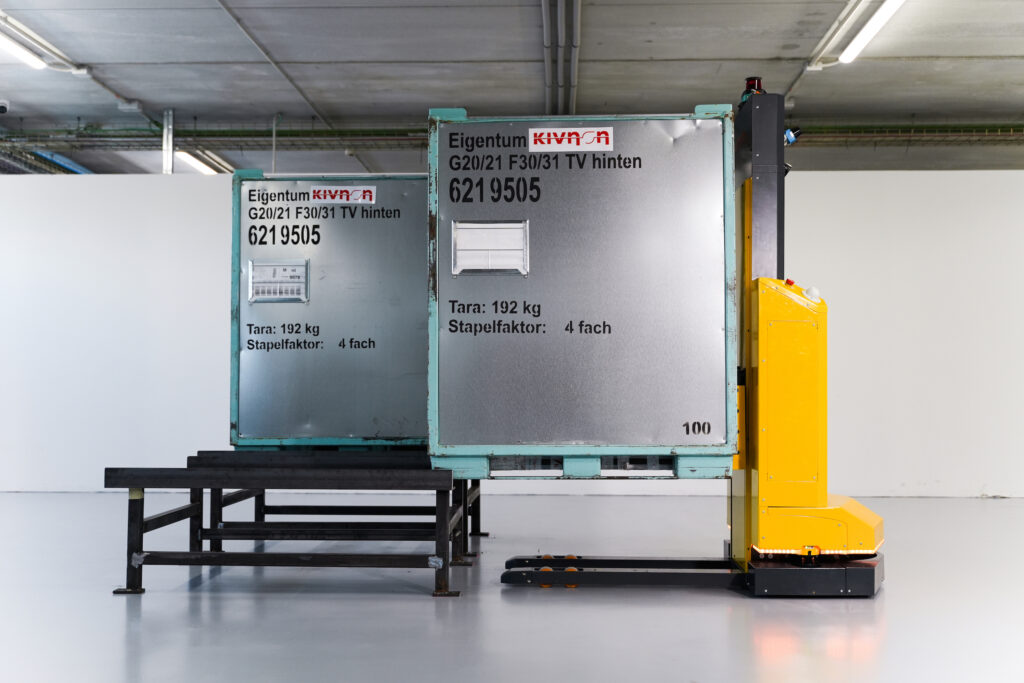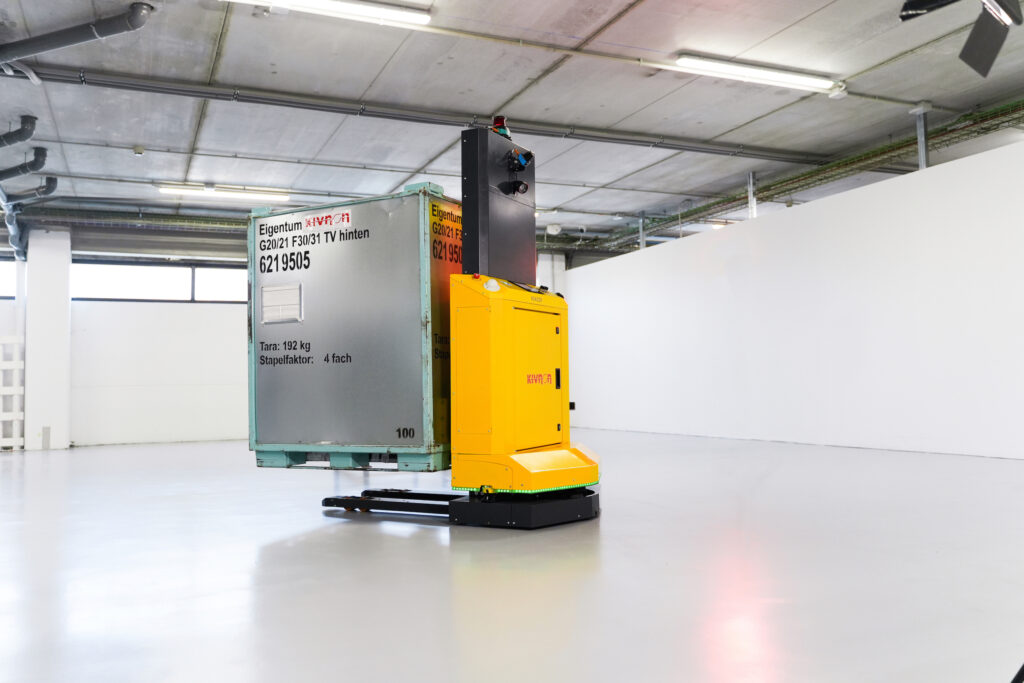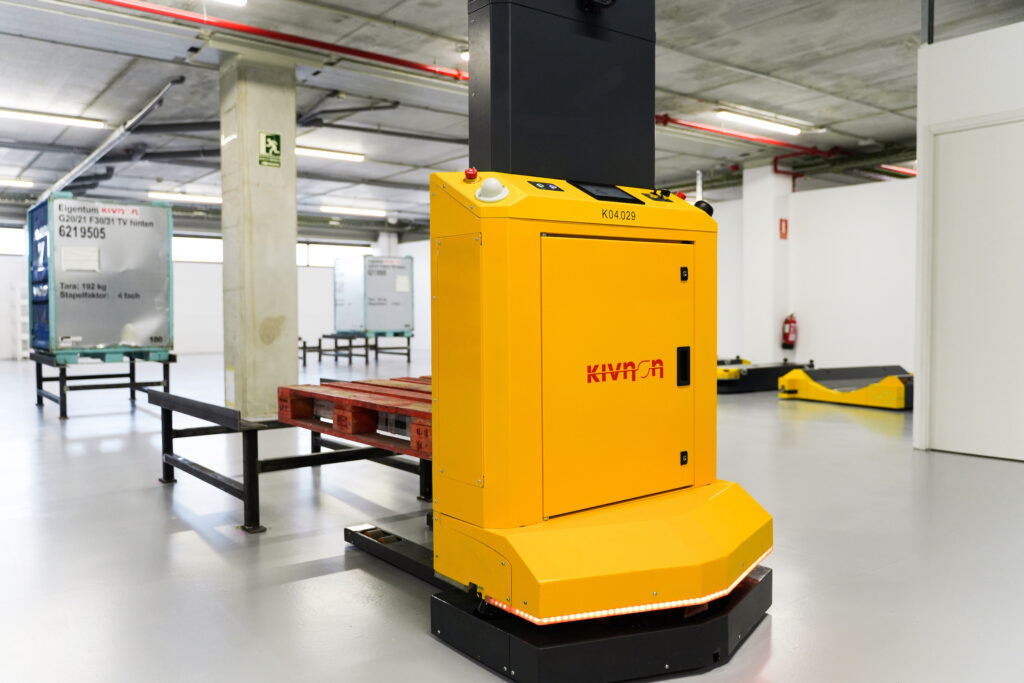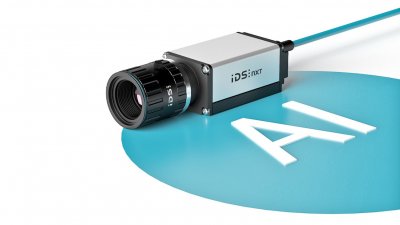Collaborative Robots, kurz Cobots, spielen eine immer größere Bedeutung in der Automatisierung. Aus diesem Grund hat sich der B2B-Online-Marktplatz für Automatisierungstechnik – Best4Automation.com – entschieden, Cobots und deren Zubehör von verschiedenen namhaften Marken aufzunehmen. So wurde das Angebot um dutzende Cobot-Produkte von verschiedenen Partnern erweitert. Diese werden durch das riesige Angebot an verschiedensten Automatisierungsprodukten – mehr als 1 Million – bestens ergänzt. Nun sind hier eine stetig wachsende Anzahl an Cobots und deren Zubehör für die unterschiedlichsten Anwendungsfälle verfügbar. Mittels diverser Filter lassen sie die Cobots nach Traglasten oder Reichweiten selektieren. Das spart Zeit.
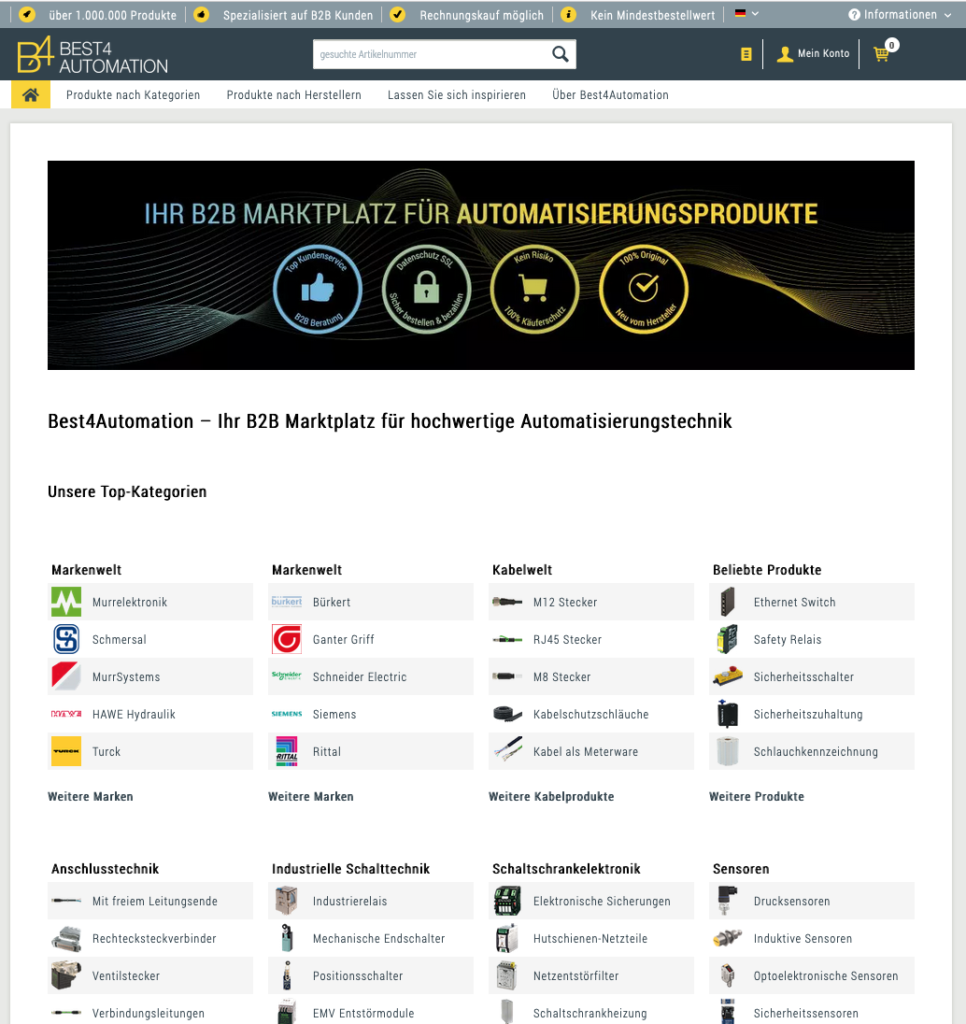
Die riesige Auswahl an Produkten von über 50 namhaften Marken macht Best4Automation zu einem der größten B2B-Marktplätze für Automatisierungstechnik in Deutschland. Die Plattform verkauft bereits seit 2017 erfolgreich Automatisierungsprodukte an eine Vielzahl von Kunden, die einen breiten Querschnitt der Branche darstellen. Von Anschlüssen, Kabeln und Sensoren, bis hin zu Steuerungstechnik findet sich hier alles, was für die Realisierung jedes erdenklichen Automatisierungsprojektes benötigt wird. Das macht die Entscheidung Cobot-Lösungen anzubieten zu einem logischen Schritt, denn bei Best4Automation können alle benötigten Teile für die Realisierung selbst komplexester Robotik-Projekte direkt aus einer Hand bezogen werden. So profitieren Kunden von dem Angebot und dem Know-How eines voll integrierten und erfahrenen Allround-Online-Marktplatzes.
„Mit diesem Schritt bieten wir als Automatisierungsspezialist nicht nur Erweiterungskomponenten und Ersatzteile für Roboter, sondern auch das Komplettpaket. Davon profitieren unsere Kunden.“ Sagt Janko Strauß, Geschäftsführer von Best4Automation.
Die erfolgreiche Installation und Anwendung eines Cobot-Systems erfordert, aufgrund der Komplexität, ein nicht unerhebliches Maß an technischem Know-How bei Projektierung und Handling. Diesen Aspekt hat Best4Automation bei der Etablierung dieses Produktfelds bedacht und hat mit neuen Angeboten rund um alle Systemanforderungen dieser komplexen Geräte reagiert.
Auf www.best4automation.com werden durch fortschrittliche Funktionen der Kauf von vollständigen Cobot-Systemen sowie Einzelprodukten zu einer einfachen, schnellen und erfolgreichen Erfahrung. So werden bei der Auswahl von Cobots auch passendes Zubehör vorgeschlagen. Hier helfen umfangreiches Informationsmaterial, wie beispielsweise Datenblätter, und bei Wunsch steht auch die Beratung durch fachkundige Robotik-Spezialisten bei der Projektierung zur Verfügung. Sollten technische Schwierigkeiten oder Fragen nach Installation auftreten, kann Fachpersonal für Support dazu gebucht werden. Das sorgt dafür, dass der Cobot zur vollsten Zufriedenheit funktioniert und dennoch keine unnötigen Kosten für die Kunden entstehen. Auch Schulungen können, je nach Anforderungen, angefragt werden, sodass jede Installation und Nutzung des Geräts einfach und schnell zu gewünschten Resultaten führt. Beste Beratung und absolute Kundenzufriedenheit stehen zu jeder Zeit im Vordergrund.
